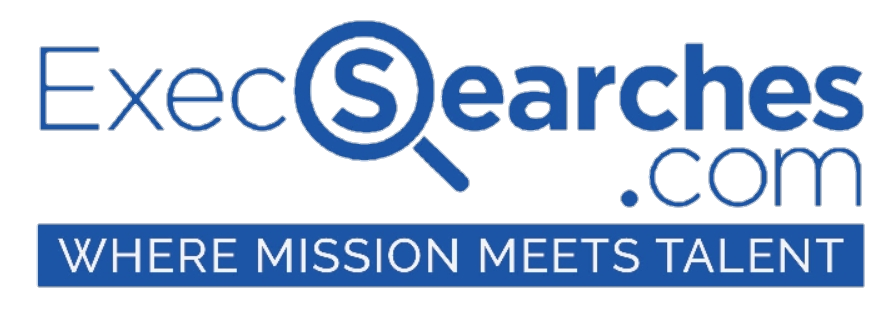 This series covered all aspects of the reference process. Part One covered working with references as they relate to the candidate. Part Two focused on engaging with the references themselves, and Part Three put the ideas into practice through the reference check process. In this series conclusion, the highlight is on identifying what “a great reference” really means.
This series covered all aspects of the reference process. Part One covered working with references as they relate to the candidate. Part Two focused on engaging with the references themselves, and Part Three put the ideas into practice through the reference check process. In this series conclusion, the highlight is on identifying what “a great reference” really means.
What Is a Great Reference?
Many candidates make the mistake of assuming that a great reference is one which comes back all glowing. In my experience, that is not the case.
Organizational leaders are aware that even outstanding candidates have flaws and areas in which they need to grow. The hallmark of a great reference is its consistency with how a particular candidate has presented him/herself. If a candidate shows himself or herself to be a superb organizer and comes across in interviews that same way, a great reference for that candidate will support his/her organizational skills and be able to suggest areas for growth. Additionally, information gained about areas for growth will outline, in detail, the support that candidate will need to excel.
Similarly, if a candidate shows he/she has a compelling public presence and this is the essence of the leadership he/she will offer the organization, a great reference will underscore the candidate’s public speaking, networking and outreach abilities. If the candidate is a master or mistress of understatement, a great reference will underscore latent leadership qualities highlighting the traits of relevance to the search committee. Finally, the reference process itself reveals much about the candidate’s judgment, mastery of detail and preparedness to take on an executive role. “Glowing” is not the goal. If glowing is warranted, it will happen naturally through the actual optimal outcome: Substantive.
Keeping in mind the real goal of references, there are details to which a candidate must attend to help facilitate a productive process. If I get a scrambled, incomplete or outdated list from a candidate, I make certain assumptions about his/her organizational skills and judgment. If I speak to misinformed, ill-informed or clueless references, I draw conclusions about the candidate who suggested them as well. If I cannot reach references (because of lack of availability or because they have not been advised about their role in the selection process), I draw inferences about the candidate’s level of interest and/or the reference’ willingness to speak.
Similarly, a series of interesting conversations with articulate, descriptive and honest references always speaks well of the candidate who suggested the conversations. This is particularly true when the commentary is backed up by hard data and timely examples. The better the alignment between the reference and the candidate’s emerging profile, the more compelling the candidate.
Series Conclusion:
The reference process is a multi-faceted one, but you as the reference checker contribute all kinds of useful data to the search when you: involve the candidate in the process; consider the questions you will ask; conduct open-ended discussions, and evaluate the data with care. The most obvious contribution you make is the thorough knowledge of candidates that emerges from the process.
Additionally, you learn volumes about your client organization as you conduct references– its real priorities, not-so-obvious operating preferences and needs. You can use the reference process to really build an organization, identify new leaders and consolidate its brand in the marketplace.
Given the range of data and usefulness of references, every minute you spend thinking about and executing them becomes a valuable investment in talent management on behalf of your client.
#
Last updated on September 19th, 2012 at 11:02 am

0 Comments